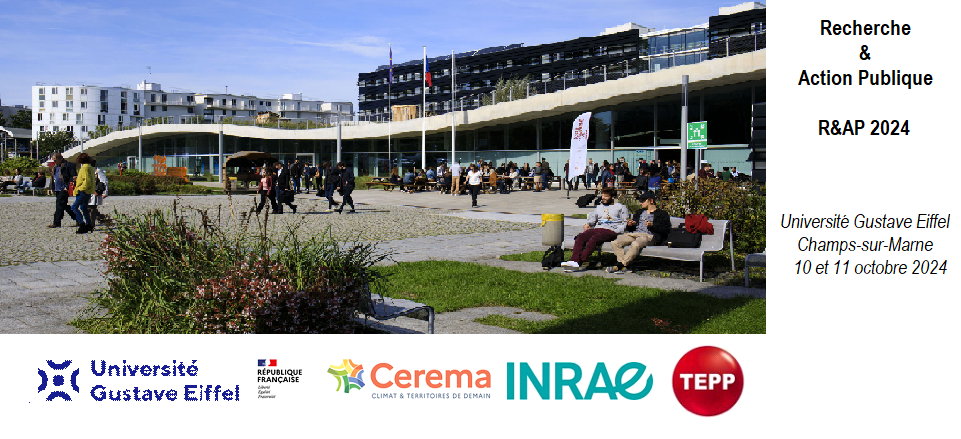Urban walking patterns, including urban walkability, are important indicators of modern urban planning and development (Jacobs, 1961). Urban walkability is influenced by various factors, including transportation networks, population density, environmental quality, social culture, and land use. Analyzing characteristics such as walkability, accessibility, connectivity, and safety, as well as people's walking habits and attitudes under different social walking culture backgrounds, is of great significance for studying urban walking patterns.
Research consensus on urban walking patterns and their influencing factors has been reached – areas with diverse urban land use types and landscape characteristics are more likely to be considered pedestrian-friendly (Cervero, 1997; Hess, 2001; Frank, 1994; Saelens, 2008). This is because they scientifically and reasonably integrate residential, commercial, cultural, institutional, or industrial uses (McConville, 2009), promote connections between pedestrians (Pan, 2023), and the spatial pattern of land use also affects the frequency and continuity of walking behaviors (Alfonzo, 2005). This type of urban development characterized by physical and functional integration helps improve economic efficiency, enhance community livability, reduce traffic congestion, expand affordable housing options, increase access to goods and services, and improve residents' quality of life and overall happiness (Galston, 2017; Speck, 2012). Urban land use spatial patterns are an important part of urban morphology and directly influence the formation of urban walking patterns (Alfonzo, 2005). In-depth analysis of the influence mechanisms of different urban land use spatial patterns on urban walking patterns can provide scientific basis and strategic guidance for urban planning (Ewing, 2009). By using artificial intelligence algorithms for multi-objective scenario simulations, we can predict the changes and development trends of urban walking patterns under different urban land use spatial patterns. This helps planners better understand the pedestrian-friendliness under different development scenarios and propose targeted planning recommendations.
However, the current research is not sufficient to deeply explore how urban land use spatial patterns interact with the population-environment-culture to affect urban walking patterns). That is, the influence mechanisms of different urban land use spatial patterns on urban walking patterns have not been thoroughly explored.
Aims to explore the complex interactions and hidden patterns between urban land use spatial patterns and walking behavior, predict the challenges encountered in the future walking environment, and provide a longer-term perspective for pedestrian-related urban planning. We analyzed the characteristics of urban walking patterns and urban land use spatial patterns. Then we summarized the influence mechanisms of different urban land use spatial patterns on urban walking patterns. We adopts advanced methods in urban geography and transportation planning, innovatively attempts to study the relationship between urban land use spatial patterns and urban walking patterns.
- Poster

 PDF version
PDF version

